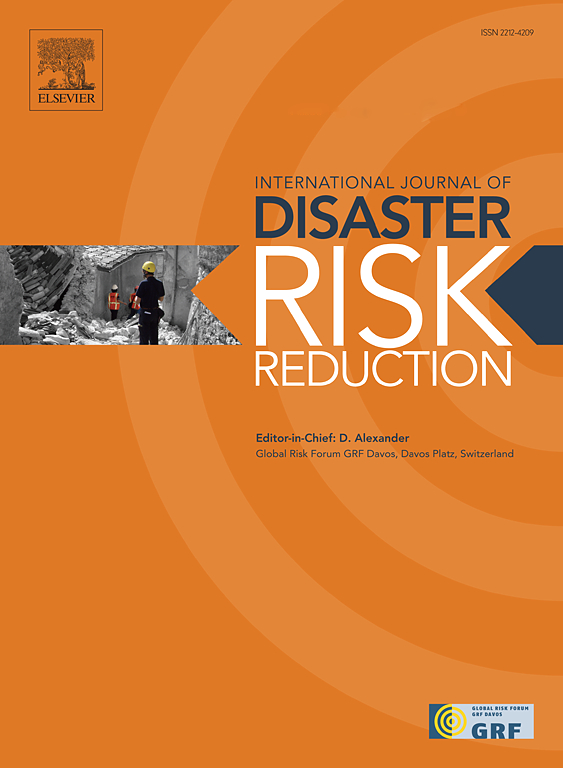管理社会系统中复杂风险的战略和战术模型
IF 4.2
1区 地球科学
Q1 GEOSCIENCES, MULTIDISCIPLINARY
International journal of disaster risk reduction
Pub Date : 2025-07-22
DOI:10.1016/j.ijdrr.2025.105716
引用次数: 0
摘要
复杂风险是独特的,因为它们从可能无法察觉的来源演变成问题局势,往往具有严重和持久的影响,例如COVID-19大流行。它们的突发性,从微弱的信号开始,使得传统的风险识别风险管理方法的有效性降低。估计概率也很困难,因为某些复杂的风险,如流行病,肯定会出现。为了应对这些挑战,我们回顾了文献,以了解复杂性、复杂风险、风险管理和风险沟通等。一个关键的观点是,机动战中使用的观察-定向-决策和行动(OODA)模型固有的机动性有利于管理复杂风险。另一个重要的认识是,管理和沟通不能被视为分离的、连续的过程。因此,为了管理复杂的风险,开发了一个基于OODA模型的模型,更明确地关注通过主动领导进行风险沟通。金融危机和COVID-19大流行贯穿全文,以说明重点。该模型的操作化是未来的工作。本文章由计算机程序翻译,如有差异,请以英文原文为准。
A strategic- and tactical model for managing complex risks in social systems
Complex risks are unique as they emerge from potentially undetectable sources into problematic situations often with high- and lasting impact, such as the COVID-19 pandemic. Their emergent nature, starting with weak signals, renders the traditional risk management approach of risk identification less effective. Assigning probability estimates can also be difficult because some complex risks, such as pandemics, are certain to emerge. To address these challenges, the literature is reviewed to understand complexity, complex risks, risk management and risk communication and more. One key insight is that the maneuverability inherent in the Observe-Orient-Decide and Act (OODA) model used in maneuver warfare is beneficial for managing complex risks. Another important insight is that management and communication cannot be treated as separated and sequential processes. Hence, to manage complex risks, a model based on the OODA model is developed with more explicit focus on risk communication through active leadership. The financial crisis and the COVID-19 pandemic are used throughout the paper to illustrate key points. Operationalization of the model is future work.
求助全文
通过发布文献求助,成功后即可免费获取论文全文。
去求助
来源期刊

International journal of disaster risk reduction
GEOSCIENCES, MULTIDISCIPLINARYMETEOROLOGY-METEOROLOGY & ATMOSPHERIC SCIENCES
CiteScore
8.70
自引率
18.00%
发文量
688
审稿时长
79 days
期刊介绍:
The International Journal of Disaster Risk Reduction (IJDRR) is the journal for researchers, policymakers and practitioners across diverse disciplines: earth sciences and their implications; environmental sciences; engineering; urban studies; geography; and the social sciences. IJDRR publishes fundamental and applied research, critical reviews, policy papers and case studies with a particular focus on multi-disciplinary research that aims to reduce the impact of natural, technological, social and intentional disasters. IJDRR stimulates exchange of ideas and knowledge transfer on disaster research, mitigation, adaptation, prevention and risk reduction at all geographical scales: local, national and international.
Key topics:-
-multifaceted disaster and cascading disasters
-the development of disaster risk reduction strategies and techniques
-discussion and development of effective warning and educational systems for risk management at all levels
-disasters associated with climate change
-vulnerability analysis and vulnerability trends
-emerging risks
-resilience against disasters.
The journal particularly encourages papers that approach risk from a multi-disciplinary perspective.
 求助内容:
求助内容: 应助结果提醒方式:
应助结果提醒方式:


